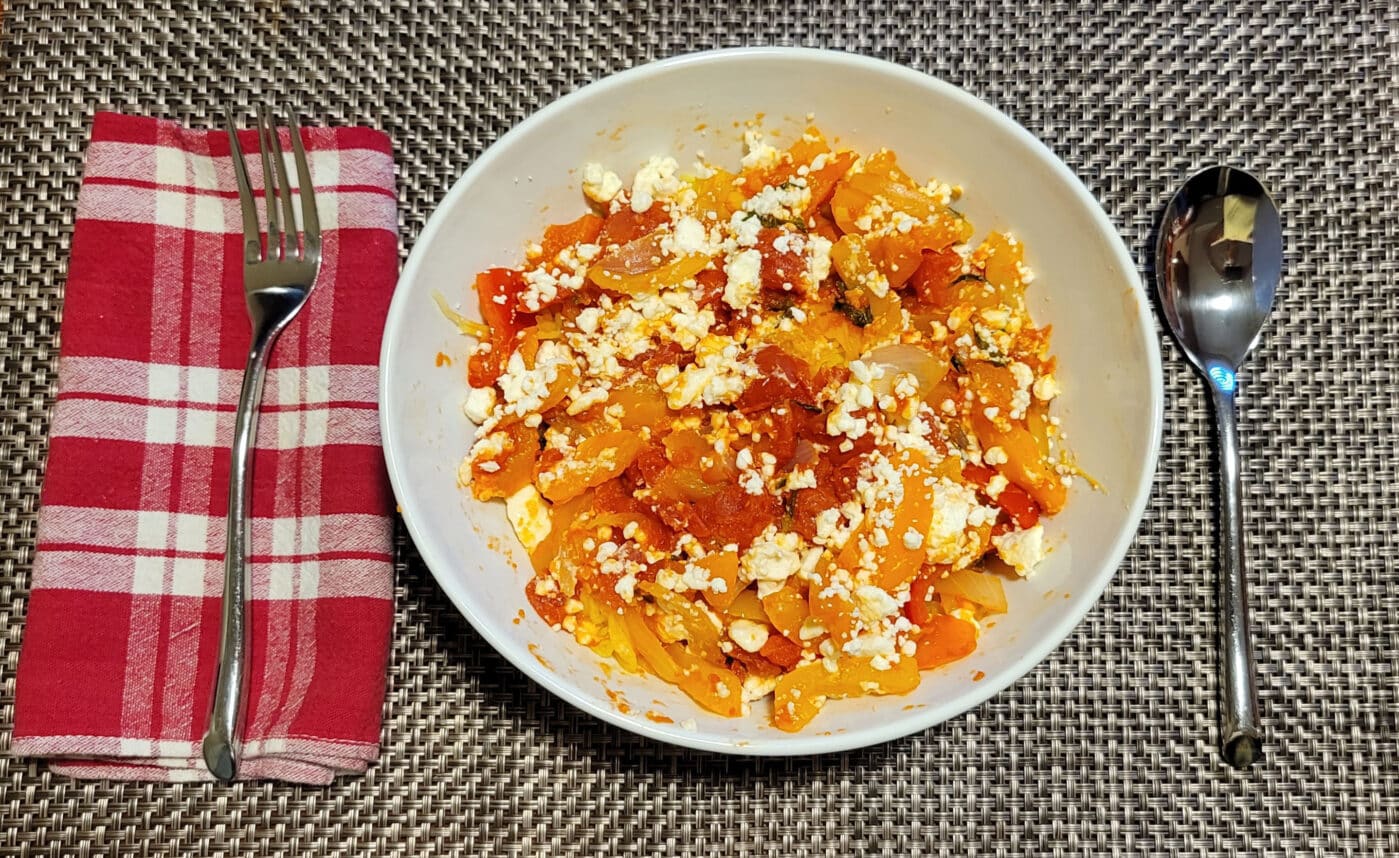 Nicky Pitan. Photo by Becca Bodenstein
Nicky Pitan. Photo by Becca Bodenstein “There is something about being connected to nature that … makes the world a better place,” Shemesh Farms Director Nicky Pitman told the Journal. “The smells and the tastes and the sights of all the different plants that we grow are healing.”
Pitman adds, there’s nothing like it when something tickles your taste buds, especially when it’s a new flavor and even better when it’s right off the vine.
“Your whole mouth erupts with that deliciousness,” she said. “That’s why people are so gung ho about farmer’s markets.”
Shemesh Farms, which is part of the Shalom Institute, is a social enterprise. Located in Malibu, California, this small herb farm provides meaningful employment to people with diverse abilities and special needs. There are three different modules to the garden. Plus composting, hydroponic towers, the kitchen area, office and workspace.
“Everybody is doing their thing in these separate places, but it’s all for one greater purpose,” Pitman said.
The day starts with an opening circle with the Farm Fellows (the workers), their coaches or aides, volunteers and staff. Everyone comes back together at the end of the shift to share their experiences. They also get to take the wonderful feeling of accomplishment and being with nature into the rest of their day.
Pitman’s background is in theater; she’s worked in all areas, from starting as an actor to becoming a writer and director, producer and educator.
“The thing about Shemish farms is [it’s an] ensemble,” said Pitman, “Which was my favorite thing about theater work.”
WIth collaboration comes creativity, spontaneity and joy, along with that feeling of being a part of something bigger than yourself.
“For anybody who gravitates toward community building and collaboration, it doesn’t matter what the setting is,” she said. “But there’s something extra special about being in this particular community amidst these incredible gardens.”
And the secret to successful gardening?
Pitman said, “It takes patience. It takes observation. It’s trial and error.”
It’s also a matter of practice, believes Pitman, who has been with Shemesh Farms for about a year. She has gotten a crash course in gardening, composting and working with hydroponics.
“Make sure that when you plant, you know what kind of sunlight you’re getting,” she said.
Know what sunlight plants require, how much water they need and what plants grow well together. Also, look into composting.
“Our compost is kind of magical,” she said. “Depending on what scraps have been in the compost, and it’s been turned for like six weeks, all of a sudden, in our garden we have strawberries. We have kale growing in our compost pile. One day, we found potatoes growing, because you never know what’s in there.”
While Pitman said she doesn’t cook as much as she used to, she enjoys the process, especially when she creates meals with fresh herbs and vegetables.
Vegetarian spaghetti squash is her go-to. She makes an oven-roasted squash, and tops it with sauteed diced tomatoes, onions and bell peppers (yellow, red and orange). She adds fresh garlic, basil and oregano, and sprinkles it with feta cheese.
“I’m a vegetarian pescetarian, so a bowl of that is a great meal,” she said. “If I’m going to somebody’s house and have to bring a side dish, it’s good [for] that too.”
It’s easy, healthy and super-delicious. Recipe is below.
Read more about Shemesh Farms and explore their spices.
For the full conversation, listen to the podcast:
Watch the interview:
Vegetarian Spaghetti Squash Recipe & Variations
 Medium Spaghetti Squash
Medium Spaghetti Squash
Fresh or canned diced tomatoes
Red, Yellow, & Orange Bell Peppers
Sweet Vidalia or Yellow Onion
Fresh or Dried Basil
Fresh or Dried Garlic
Fresh or Dried Oregano
Feta Cheese
Preheat oven to 425
Using a fork, poke holes all over the spaghetti squash
Once oven is heated, bake squash in Pyrex dish/metal pan for 40 minutes
While squash is baking:
- Slice peppers in thin strips and cut in half
- Slice onions into thin slices or about half-inch pieces
- If fresh tomatoes: dice two cups (or more, if you prefer more sauce)
- If using fresh garlic, mince one or two cloves (up to your taste)
- For fresh oregano and basil: cut/tear leaves each equaling a ¼ cup
Use olive oil/spray to grease saucepan
On medium heat, put all above ingredients into a saucepan, and allow it to simmer, stirring occasionally.
When sauce begins to bubble, turn heat to low and continue to simmer
When squash is ready, remove from the oven
Using a strong knife, cut the squash in half, length-wise
 Use a fork to pull strands of squash away from shell, putting squash in one bowl and use another container for seeds (look closely for seeds getting tangled up in squash)
Use a fork to pull strands of squash away from shell, putting squash in one bowl and use another container for seeds (look closely for seeds getting tangled up in squash)
Pour saucepan contents over squash and toss
Add feta cheese and toss again
Serve as meal or as a side dish; garnish with basil, if you wish

Vegan Option: Substitute Feta for Tofu
Carnivore Option: Substitute Feta for Chicken
Options: Instead of using original vegetable ingredients: sauté spinach and mushrooms in olive oil with some lemon juice, basil, oregano, and garlic. *(Or anything else that pleases your palate)
Debra Eckerling is a writer for the Jewish Journal and the host of “Taste Buds with Deb.” Subscribe on YouTube or your favorite podcast platform. Email Debra: tastebuds@jewishjournal.com.























 More news and opinions than at a Shabbat dinner, right in your inbox.
More news and opinions than at a Shabbat dinner, right in your inbox.